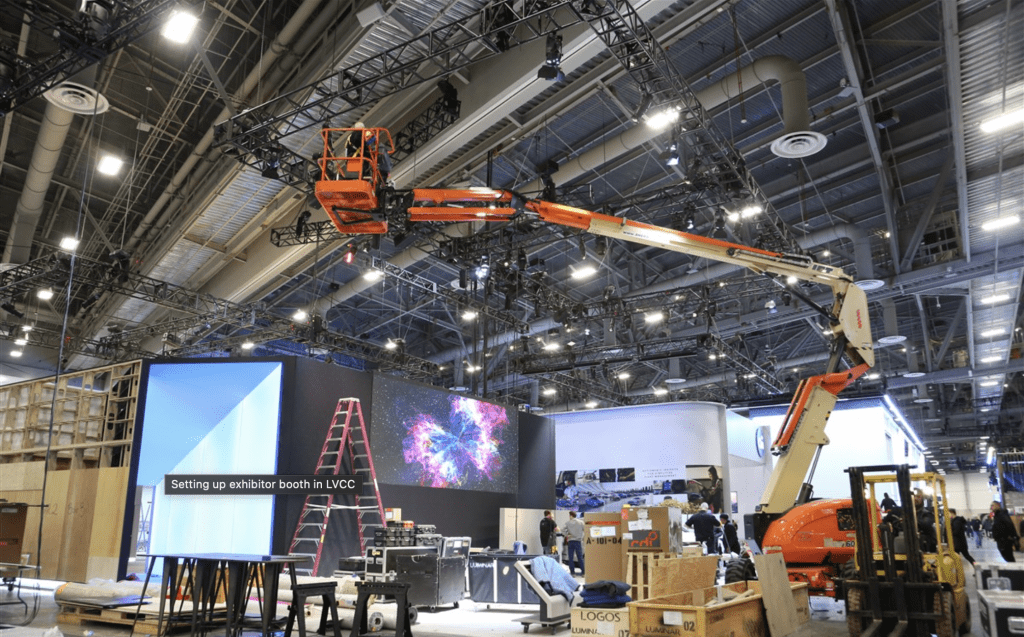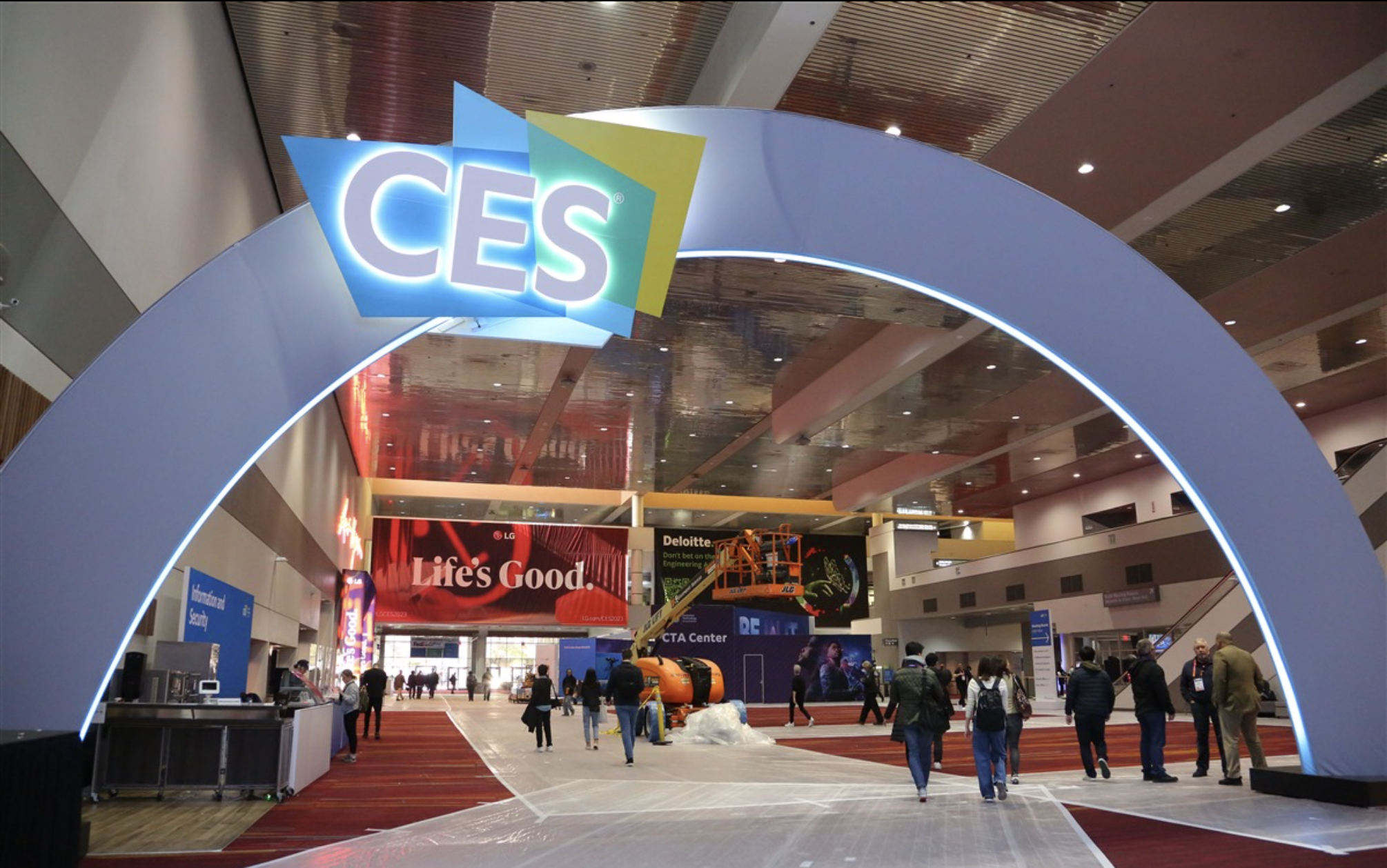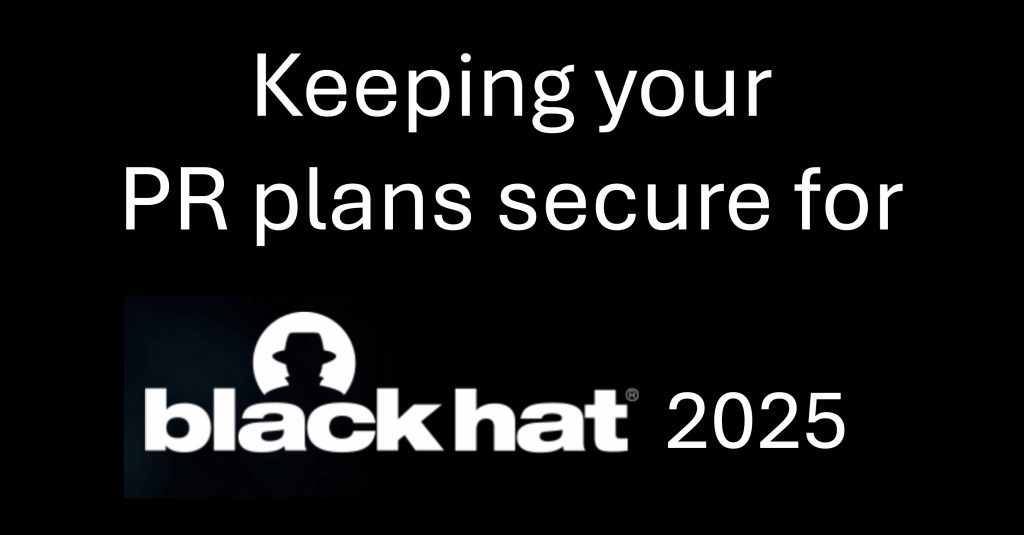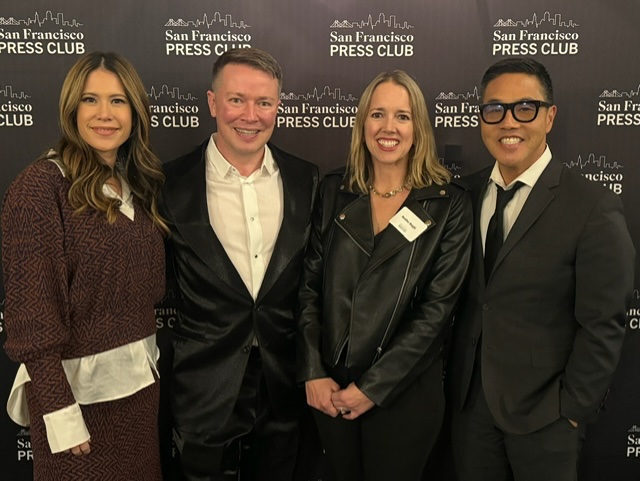There’s a chance the upcoming CES may break its attendance record, which means PR and marketing departments should reconsider their approach to the convention that calls itself “the most powerful tech event in the world.”
CES by the numbers
In 2022, CES saw a dramatic drop to 45,000 attendees due to concerns about the omicron variant of COVID-19. Earlier this year, CES returned with a vengeance and more than doubled that turnout with 115,000 attendees, breaking every expectation.
And CES isn’t alone. There are many stories about various conferences breaking attendance records in 2023, like the long-running gaming convention Gen Con.
With that momentum — and provided no big surprises — I expect those expectations to be broken again in 2024. In fact, CES could potentially beat its 2017 record of 184,279 attendees. To put that into perspective, if approximately 200,000 people attend CES in 2024, then that’d be the equivalent of the population of Tallahassee, FL, which has 201,731 residents.
Here are some numbers I found interesting from a third-party audit of CES 2017:

- Exhibitor personnel: 67,321
- Exhibiting companies: 4,015
- Exhibit space: 2.61 million net square feet
- Media: 7,460
- Media coverage: 59,969 placements
From a numerical point of view, those are good odds. That means eight stories per reporter attending and a nearly two-to-one ratio for exhibitor to journalist.
But we know that’s not the full story. Certain companies with outsized gravity draw stories like black holes every year. Microsoft was included in over 4,000 stories that year, while Apple, which doesn’t even attend, saw itself in over 15,000 reports.
So, how can non-juggernaut exhibitors find public relations success at CES 2024?
CES tips for brands that aren’t well-known
All hope isn’t lost for brands that aren’t household names at CES 2024. But they must go the extra mile to make their showing worthwhile and gain coverage.
So, what should they do? Consider the following:
- Build buzz before CES
As evidenced by the number breakdown earlier, there are a lot of attendees at CES. That means many people with limited attention spans are being pulled in multiple directions by various exhibits. Unfortunately, some brands, especially those that aren’t well-known, don’t consider this and assume all they need to generate coverage at CES is to show up.
Brands need to realize they’re competing for attention with the other 4,000 brands also showing at CES, and unless they have an unlimited budget, they can sink into making their booth eye-catching and get reporters excited, chances are their booth won’t get much media fanfare. To remedy this and get reporters interested, brands should offer them the opportunity to know what they will announce and show at CES. This means building buzz before CES even starts. Less established brands should give a sneak peek of what they’ll present, then tell audiences and reporters they can see the full product in all its glory at CES. By doing so, they can build excitement and something to look forward to while still giving reporters a taste of what to expect.
Reporters will appreciate it because they crave breaking news about CES before it happens. Pitching them earlier and getting on their radar can help them meet their coverage goals without having to trek over two million net square feet of exhibit space.
- Zig when others zag during CES
Many brands’ approach to CES can be formulaic. They plan to show at CES, they show off their latest product, then they head home and wonder why there weren’t a million stories written about their product. Because they didn’t give reporters a reason to care! Brands who stick to the status quo at CES will always get ho-hum results. They need to do something different that makes them stand out among their competitors.
When one of our clients showed at CES, we created a massage station where people could get foot and hand rubs and recharge themselves. CES involves a lot of walking, trying things and interacting with others, which can be exhausting. The massage station was a powerful way to get journalists’ attention because it catered to their needs during CES, which led to coverage for our client.
Brands should consider Maslow’s hierarchy of needs when developing their booth in order to stand out and appeal to journalists. Using a booth to take care of journalists’ needs at the bottom of the hierarchy (basic needs like food, water and sleep) can result in more public relations success for brands who don’t have the budget to go all out on their booth and gain attention that way.
- Have media content ready after CES
CES is over…now what?
Let’s say a brand had agreat showing at CES and promising conversations with reporters. How can they ensure that moment wasn’t just, as Whitney Houston famously put it, a moment in time? Brands should have content, like videos, pictures and press releases ready the moment CES ends to keep their exhibit, product and company top of mind with media during follow-ups. Since many reporters have to cover the convention, brands can lean into it by creating assets and collateral that address CES as a news topic.
This can also create goodwill with reporters who weren’t at CES. There are many reporters who want to cover CES, but don’t have the resources to travel. Those reporters can be won over with thoughtful assets that demonstrate a brand’s convention presence, including on-site pictures or a video package with script, narration and third-party soundbites.
If CES 2024 attracts its biggest crowd yet — and all signs point to this happening — then the brands that’ll attend need to ensure they put their best foot forward before, during and after the convention. Capturing media attention from CES doesn’t have to be an elusive feat only experienced by the Microsofts and Apples of the tech world. The little guy can win too!
If your brand wants to make a splash with reporters at CES in 2024, our team at Bospar is your best bet for making it happen. Reach out to us today!




